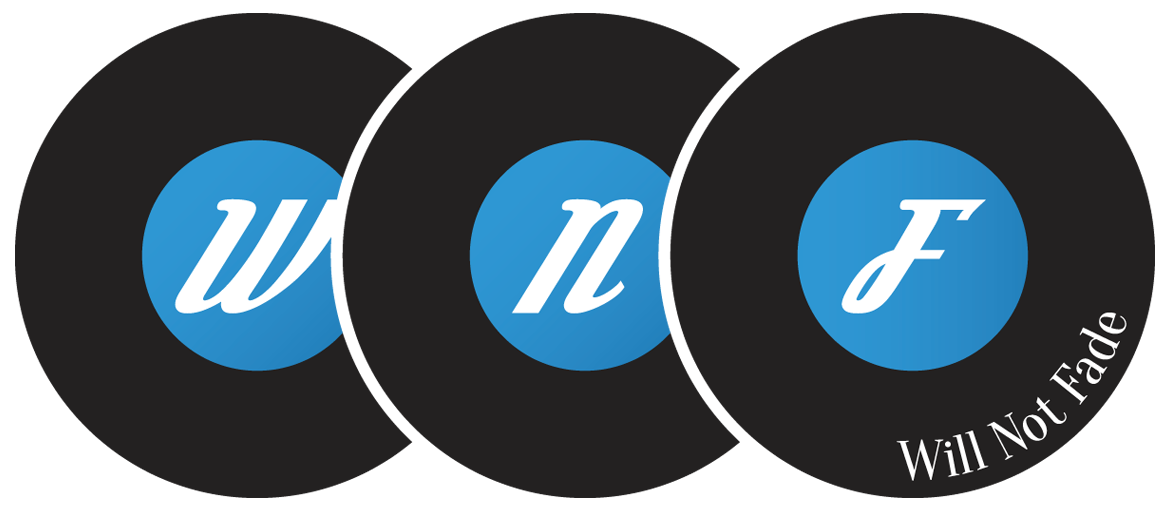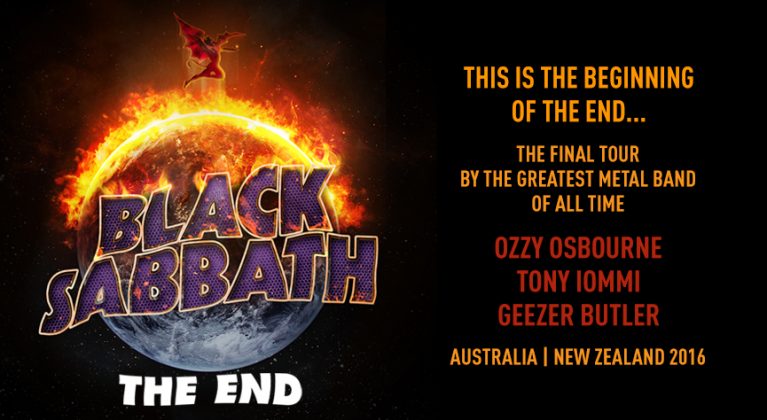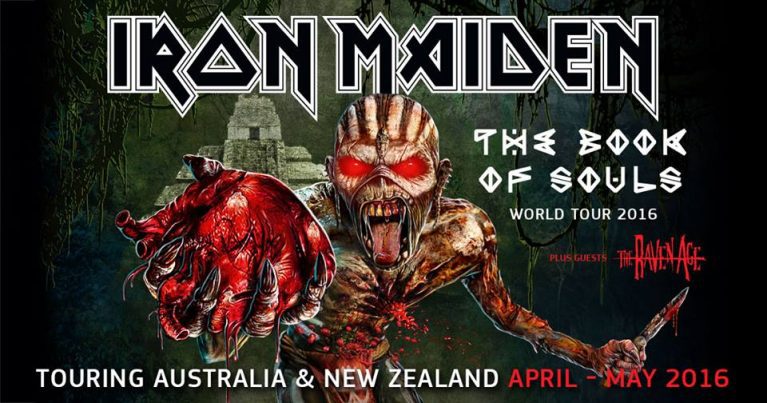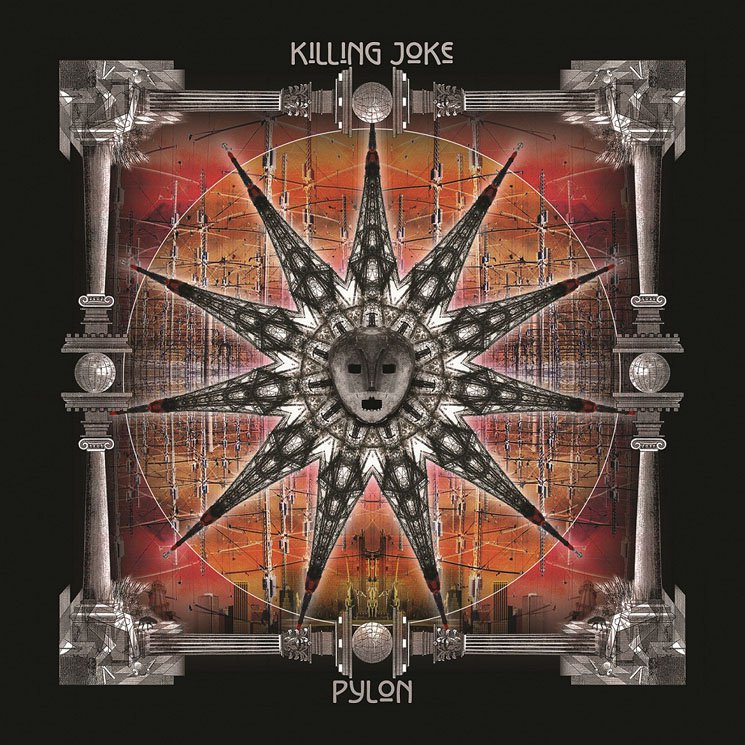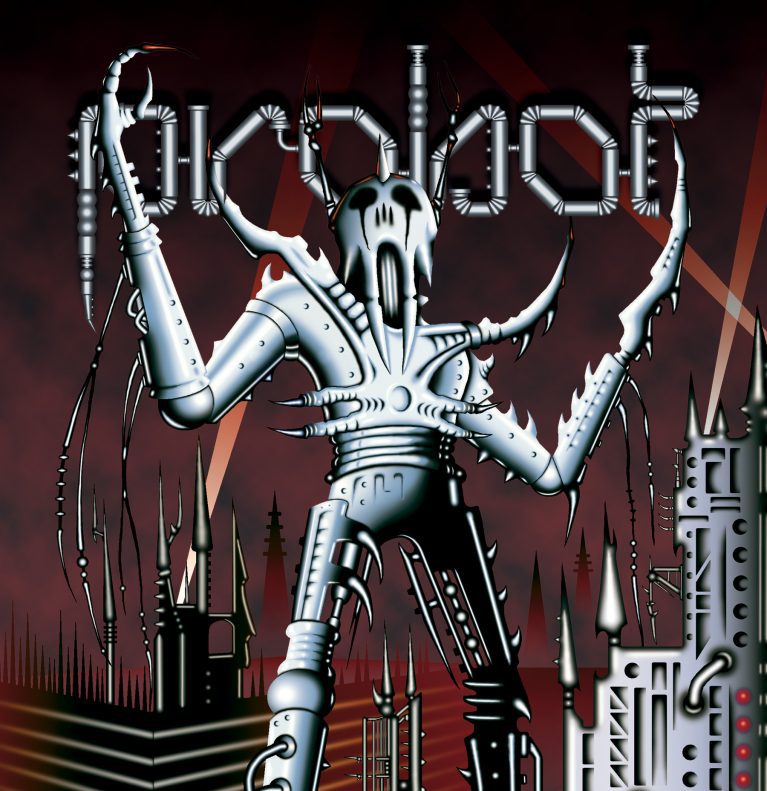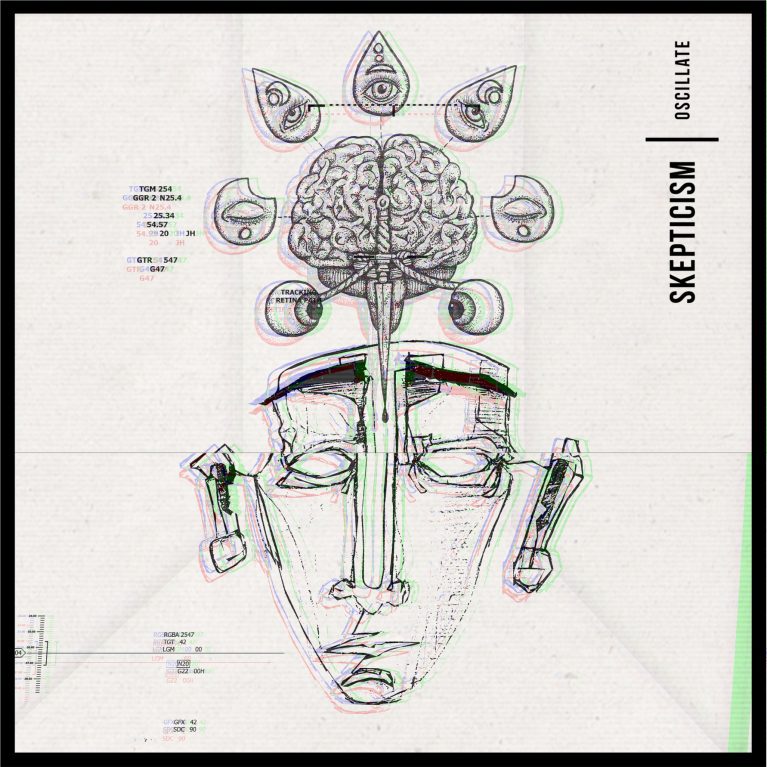Black Sabbath
w/ Rival Sons
Forsyth Barr Stadium, Dunedin
Saturday 30 April 2016
California’s Rival Sons started off the night with a great set. They had a bluesy swagger to their brand of rock music, akin to acts like The Black Keys and Led Zepplin. Every one of the five musicians stood out as talented, adding flourishes and details to the already excellent music. They garnered a great response for an unknown act, with the audience far more into it than you’d usually see during an opening act. It seemed that nobody enjoyed their set more than an individual nicknamed “Nambassa Guy”.
I dedicated a paragraph to Nambassa Guy in my review of the 2015 Homegrown festival, when I first became aware of his notoriety. The open shirted legend is frequently seen at rock concerts around the country, spinning and strutting along to the music, and infectiously spreading his joy wherever he goes. My two mates who I was sitting with had never seen him before, but they both agreed that witnessing his magic was one of the highlights of their night.
Compared to Rival Sons groovy music, heavy metal pioneers Black Sabbath were grim and depressing. And it makes sense, when you consider their origins. Formed in Birmingham in 1968, Black Sabbath are widely acknowledged as the founders of heavy metal. The band started with the premise that if people paid money to get scared watching horror films, then surely the same people would love a band that played scary music? Their unique sound can be largely attributed to guitarist Tony Iommi, who had lost some of his fingertips in an accident working at a sheet metal factory. He used leather and plastic from melted bottle tops to compensate for his fingertips, and needed to alter his technique to allow for the lack of feeling, giving him a unique tone when he played guitar.
There are stories about women fainting and people freaking out at shows when Sabbath first started. I found this hard to believe at first, but after hearing them play the doomy eponymous “Black Sabbath” as the first song of their set last night, I can better understand the stories.
Three of the four members of the original lineup were present, with Tommy Clufetos (a drummer with experience playing for both Black Sabbath and Ozzy Osbourne’s solo band) taking Bill Ward’s place on the drum throne, and additional musician Adam Wakeman rounding out the sound with guitar and keyboard.
At first I thought it was a bit inappropriate to have Clufetos playing “Rat Salad”, Bill Ward’s signature drum track, but “Salad” morphed into a more original drum solo that allowed Cufetos to show off his chops, and also allowed the elderly members of the band to have a breather.
Geezer Butler also treated us to a bass solo, drowning in pedal effects. But the star of the night was Iommi, the man behind the riffs that inspired thousands of metalheads worldwide. He came across as humble, downplaying his importance when Osbourne introduced him, but we all know that Iommi is Sabbath.
Ozzy’s voice was as good as ever, and he appeared more coherent than I have come to expect, based on interviews and his reality television show, The Osbournes. The Prince of Darkness didn’t bite the heads off any bats, but he sure put in a lot of effort trying to work the crowd up. He would ask us to clap and cheer and scream, shouting “I can’t hear you” every single time. Poor chap, he must be so deaf after all those years of fronting rock concerts.
It didn’t seem like it, but their set lasted almost two hours. They played a range of hits selected from the more notable albums recorded under the original line up. With six of the eight tracks from Paranoid being played, there was no way that they could disappoint. Although I called them grim before, there is another side to their music. We got the heavy metal, but we also got blues and psychedelia too.
The concert was not especially flashy or showy. There were lights, and some screens, but this was a band that relied on the songs rather than gimmicks. They’re old men now, and I think that they are lucky to have lasted so long. After the recent deaths of some of their contemporaries (David Bowie, Lemmy), it has become apparent that not all good things can last forever. This tour has been announced as their last, and after a few Canadian dates were cancelled due to ill health, it’s a believable announcement.
I was thrilled to finally hear some of my favourite songs in a live context, and I think I can speak for everyone when I say that everyone in attendance was thankful that they took the opportunity to experience a vital part of music history.
Joseph James
